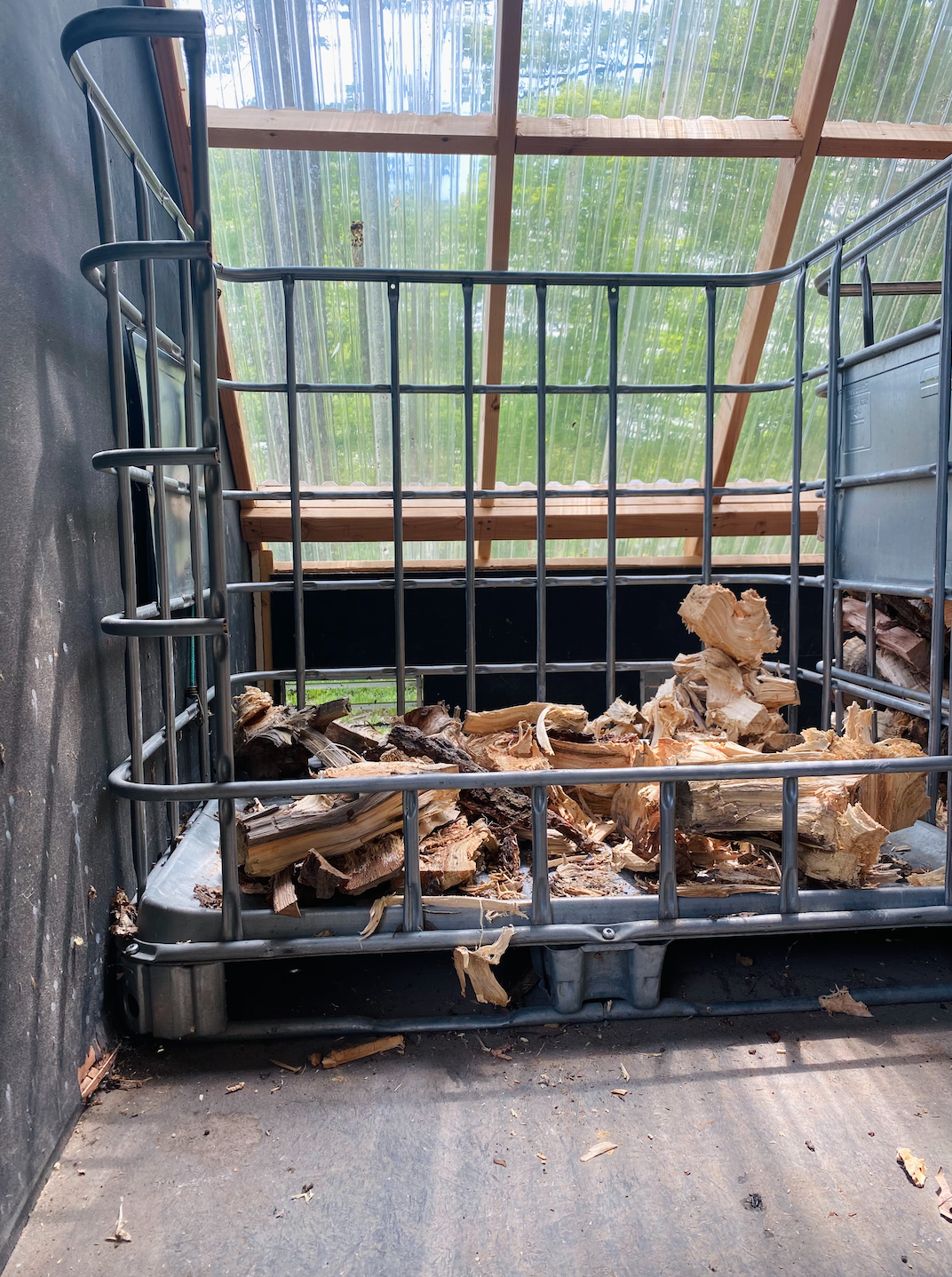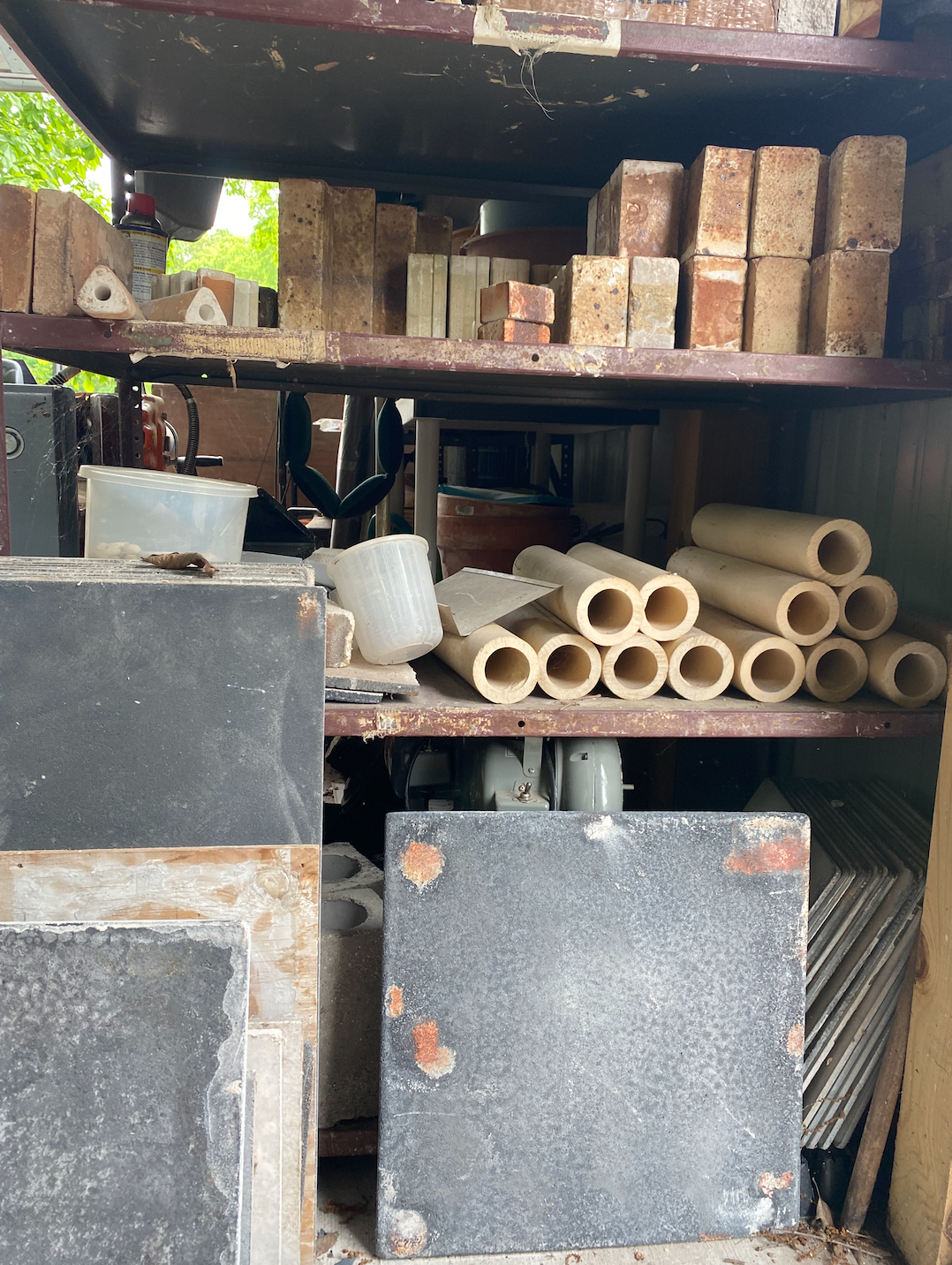Wood Firing Process Described
There seems to be an endless symphony of factors when firing a wood kiln. I feel lucky to participate & learn from Dan Barnett, who seems to have perfected the process; in regards to efficiency and sustainability, while keeping the treasured visual effects of wood firings in tact. All the while, he is making tweaks & learning from the process.
I want to preface this with stating that I am not an expert on wood firings but an enthused participant. Firing and glazing chemistry is something that has to be learned over decades & is something that one are never truly done learning.
My goal here is to give you a taste of the process, complications, challenges & beauty of this style of firing.
A little technical background/ context on kilns, firing types & my process can be found at the bottom of this page, if you are interested.
___





